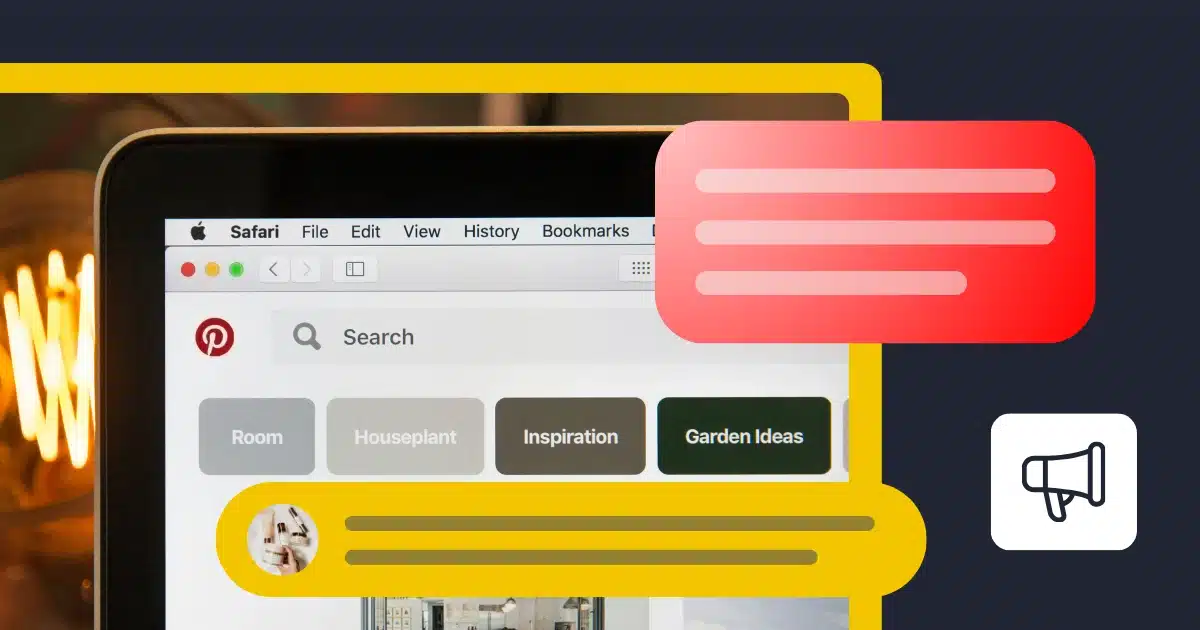Most marketing playbooks assume a clear line between B2B and B2C. But in industries like pettech, that line doesn’t exist – and that’s where the most interesting growth experiments happen. In this industry, your end customer might sign up online – but their trust is often earned offline, in a vet’s waiting room.
At Waggel, a UK-based challenger pet insurer, I led marketing during a period of dynamic growth and lots of marketing and product experiments. Our mission was to scale efficiently while staying customer-focused, combining performance-led acquisition and testing new B2B2C distribution levers that traditional players might overlook or approach differently.
Whether you’re in health tech, fintech, or edtech, these lessons may help if you’re:
-
Building a product where gatekeepers influence end-user decisions
-
Juggling brand trust and short-term conversion
-
Trying to grow in a market that’s high-emotion, low-differentiation, and full of legacy players
The global pet industry is valued at over $300 billion, with pet insurance becoming one of its fastest-growing segments. In the UK alone, the market is projected to exceed £2 billion in the next few years – yet customer acquisition remains broken and highly dependent on trust-driven channels. Source: Bloomberg Intelligence Report.
But no matter how fast the market grows, the way people choose their provider hasn’t changed much: they rely on trust, not transactions. And trust isn’t built through discounts – it’s built through humans. That’s where B2B2C thinking becomes essential.
Lesson 1: B2B2C Isn’t a Channel – It’s a Mindset Shift
Mindset is everything. We often segment our marketing into B2B or B2C, isn’t it? We build a roadmap for B2B channels and another one for B2C channels. But what if your end user doesn’t make the final decision – or even discover you – without someone else involved? And this someone else has probably the biggest power, bigger than you and your competitors.
In pettech, that “someone else” is often a vet. They’re not the buyer, but they’re the conversion assist. And they’re more powerful than any performance ad or promo code. Because this is all about trust.
Any startup operating in pettech – or any trust-based, gatekeeper-influenced industry – can’t grow meaningfully without positioning itself credibly to both the end user and the key intermediary. In this case: pet parents and the vet community.
That means:
- Aligning the value proposition across audiences (using frameworks like the Value Proposition Canvas or similar)
- Crafting a multi-stakeholder go-to-market narrative — one that feels as relevant in a Meta ad as it does in a 10-second conversation at the reception desk
You need both to work in harmony – otherwise, your campaign speaks two different languages and loses effectiveness.
🎯 Tip: Make sure your “why us” story works in both a Google Ad and a 10-second conversation at a reception desk.
Lesson 2: Marketing Strategy Starts With Field Insights – Not Funnels
Before setting budgets or launching campaigns, I took a step that didn’t appear in performance dashboards: built a strategy to visit vet clinics. Not to sell. To listen. This can be replicated to any industry too: listening to your customers / partners.
That fieldwork uncovered:
- What matters to decision-makers (spoiler: not money!)
- Why simple offers outperform generous but vague ones
- What language creates clarity vs. confusion in regulated categories
- What are the most significant challenges pet owners have (and so do vet clinics)
These insights shaped everything and unlocked the potential conversion uplift that couldn’t be achieved via digital A/B testing alone. Because, again, trust is the key.
🎯 Tip: Sometimes, the best conversion uplift starts with a conversation, not an A/B test. Ask yourself, “Can someone unfamiliar with our brand repeat this offer clearly in 10 seconds?” If not, simplify.
Bonus: Use the JTBD Framework
It’s a great tool to map what both your end users and partners are trying to achieve and will help with message-market fit and offer clarity. Example from pettech:
- For pet owners: “I want to protect my pet without overpaying or overthinking.”
- For clinics: “I want to help my clients without complicating my work.”
Use JTBD early when crafting your value proposition, campaign messaging, or onboarding journeys. It sharpens the signal and removes the fluff.
Lesson 3: Treat Partnerships Like a Product (Not a Tactic)
If you want external partners to drive acquisition – whether clinics, educators, or advisors – you need to treat them like users of their own product experience.
I’d suggest to approach this like a mini product launch:
- Decide what’s gonna be an onboarding journey. (a landing page, an explainer pack, a training)
- What’s the list of lightweight assets that can be created (performance-based but human)
- How will the feedback be collected? (monthly check-ins, performance snapshots, and NPS-style feedback from staff)
What I won’t suggest is relying on cold outreach, mass outreach, and using a one-size-fits-all approach.
🎯 Tip: Don’t just build a referral scheme. Build a referral product and experience.
Lesson 4: Validate Before You Scale (Even When It Feels Obvious)
Early signs from clinic visits were promising, including a warm reception, positive sentiment, and interest in co-marketing. But instead of rolling out the channel nationwide, I paused to build a business case. Why?
- To understand what kind of clinics were most receptive (the most ROI)
- To analyze effort vs. outcome across different types of partnerships
- To evaluate how much incremental GMV this channel could drive vs our digital mix
In short, I took a startup approach to a traditional channel: test, learn, validate which is actually one of the core levers in the company overall.
The upside? Internal alignment, more precise ROI forecasting, and a better strategy for when (and how) to scale.
🎯 Tip: Even if a growth opportunity feels exciting, pause and ask: “Can you prove it’s repeatable, not just possible?”
Bonus: Build a Business Model Early – Not Just a Report
During the pilot, I not only measured results but also used them to define a baseline conversion rate and model the long-term impact of scaling the channel. Using a combination of:
- Real CAC and conversion data from the pilot
- Existing LTV benchmarks
- Estimated partner activation and retention rates
…I built a business model to project incremental revenue, marketing and sales cost, and resource impact across scenarios. This gave us a shared view of the upside – and the trade-offs – before committing to a full rollout.
Final Thought
The most exciting growth opportunities aren’t B2B or B2C – they’re in the middle. More and more startups are operating in hybrid spaces: part-direct, part-partner, part-community. And that demands a new kind of marketing strategy – one that blends performance discipline with brand intuition and digital acquisition with offline trust-building.
Pettech happens to be a space where this plays out clearly. But the lessons apply across the board.
So, if you’re leading growth in a sector where trust is earned through relationships, not clicks, remember this:
- Think ecosystem
- Build value for every stakeholder in the journey
- And start by asking: who influences our customers – and how do we help them help us?














